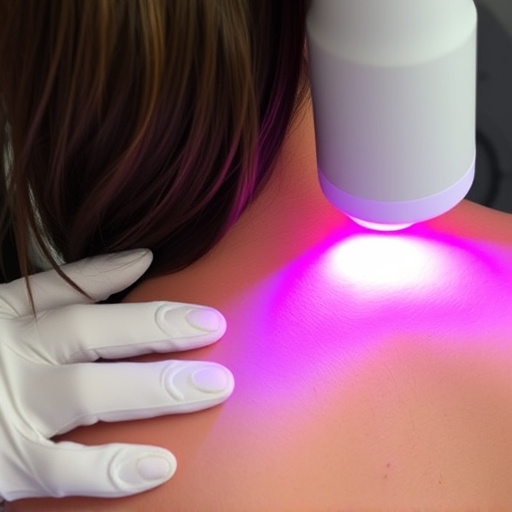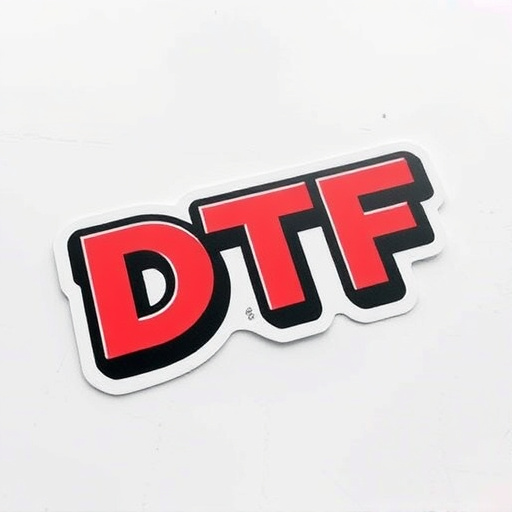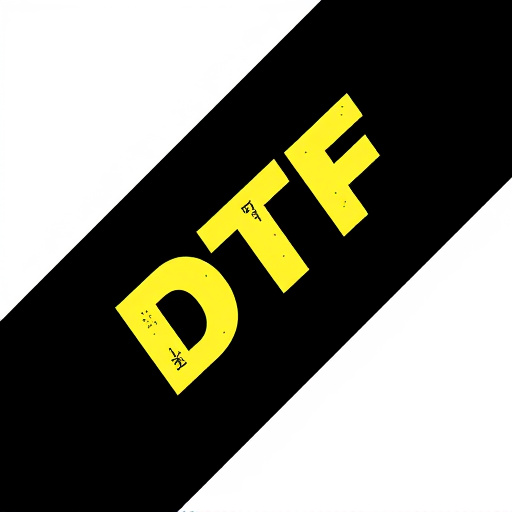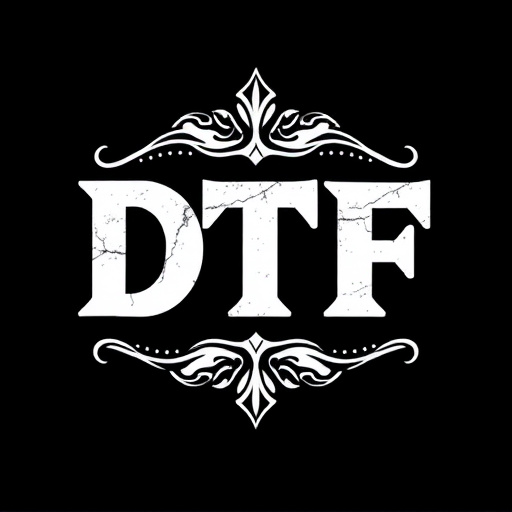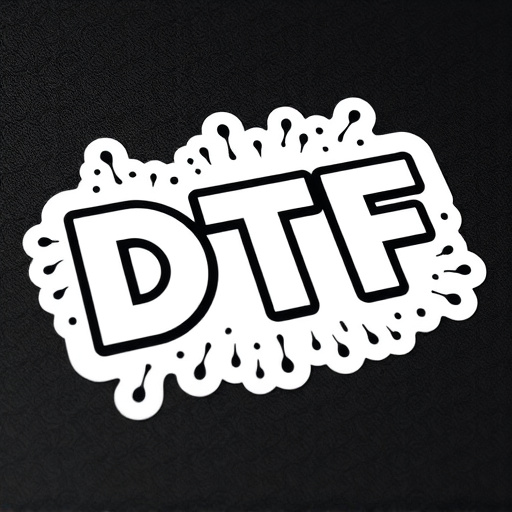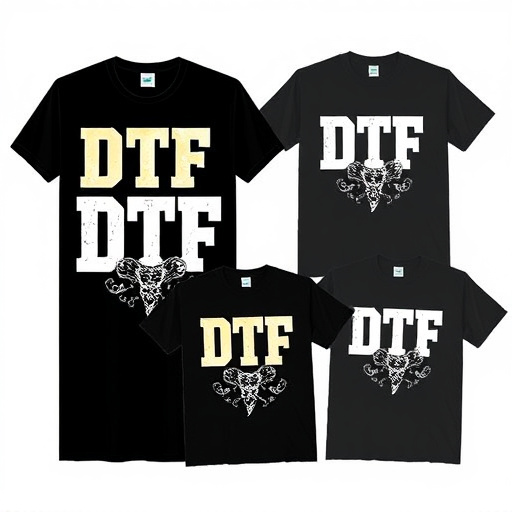High Quality Direct to Film (DTF) transfers revolutionize fabric printing by offering versatile, high-quality customization for various materials and designs. This technology enables intricate patterns on shirts, hoodies, bags, and darker fabrics while preserving texture and structural integrity. Key factors include selecting vibrant inks, using fine mesh screens, proper fabric prep, precise exposure and emulsion control, and optimal heat application. High Quality DTF Transfers foster innovation in the textile industry by unlocking creative possibilities with accurate, durable designs.
High Quality DTF Transfers: Unlocking Versatility in Fabric Design
In the realm of textile printing, Direct-to-Fabric (DTF) transfers have emerged as a game-changer. This innovative process offers unparalleled flexibility and precision for designers and manufacturers. Understanding the intricacies of high-quality DTF transfers is key to unlocking their full potential. From vibrant color accuracy to superior fabric durability, these transfers redefine customization. This article explores the advantages, critical factors, and the profound impact on fabric’s versatility, ensuring professionals stay ahead in a dynamic market.
- Understanding DTF Transfers and Their Advantages
- Key Factors for High-Quality DTF Transfers
- The Impact of High Quality on Fabric Flexibility
Understanding DTF Transfers and Their Advantages

Direct to Film (DTF) transfers have revolutionized the world of fabric printing, offering a high-quality and flexible method for customizing garments. This cutting-edge technology allows for intricate designs to be precisely applied directly onto various fabrics, ensuring superior results when compared to traditional printing methods. With DTF transfers, businesses can achieve complex and detailed prints, from subtle patterns to vibrant graphics, all while maintaining the fabric’s original texture and feel.
One of the key advantages of High Quality DTF Transfers is their versatility. They are particularly ideal for bulk DTF shirt production, enabling efficient customization on a large scale. Moreover, this method is not limited to clothing; it can be applied to personalize hoodies, bags, and other fabric items with ease. Even for darker fabrics, DTF printing techniques have evolved to deliver exceptional outcomes, ensuring that designs pop and remain vibrant, catering to the diverse needs of modern customization demands.
Key Factors for High-Quality DTF Transfers

When achieving high-quality DTF (Direct to Fabric) transfers, several key factors come into play. Firstly, the choice of ink is paramount; vibrant, durable inks that are suitable for fabric printing ensure the final design pops and withstands the test of time. Secondly, the quality of the mesh used in the printing process significantly impacts clarity and detail, making fine mesh screens ideal for intricate patterns. Additionally, proper preparation of the fabric surface is crucial; pre-treating and cleaning the fabric ensures optimal adhesion of the transfer.
The expertise of the printer also plays a significant role. Skilled printers understand the art of balancing exposure time and emulsion thickness, which directly affects the precision and longevity of the transfer. For DTF printing on t-shirts and similar fabrics, achieving a seamless blend of color and texture requires a delicate balance between heat application and pressure during the fusing process. Lastly, considering factors like fabric type, design complexity, and desired durability will guide the selection of suitable DTF transfers, whether for cold peel or standard applications.
The Impact of High Quality on Fabric Flexibility

High Quality DTF Transfers play a pivotal role in maintaining and enhancing fabric flexibility. The intricate process involves advanced printing technology that accurately reproduces complex designs onto dtf heat transfer paper, ensuring every detail is retained. This meticulous approach translates into superior results when applied to various fabrics, allowing them to retain their stretch and durability.
In contrast to lower-quality alternatives, high-quality DTF Transfers offer a more versatile solution for fabric customization. The direct to film printer technology ensures precise color matching and crisp line work, enabling designers to create vibrant, intricate patterns without compromising the fabric’s structural integrity. This, in turn, opens up a world of creative possibilities, fostering innovation within the textile industry.
High-quality DTF (Direct to Fabric) transfers have revolutionized textile printing, offering exceptional flexibility and durability. By understanding the key factors for achieving these high standards, manufacturers can produce fabrics with enhanced versatility and a longer lifespan. This technology’s ability to maintain fabric flexibility is a significant advantage, enabling a wide range of applications in fashion, home decor, and more, ensuring it remains a preferred choice for many industries.




